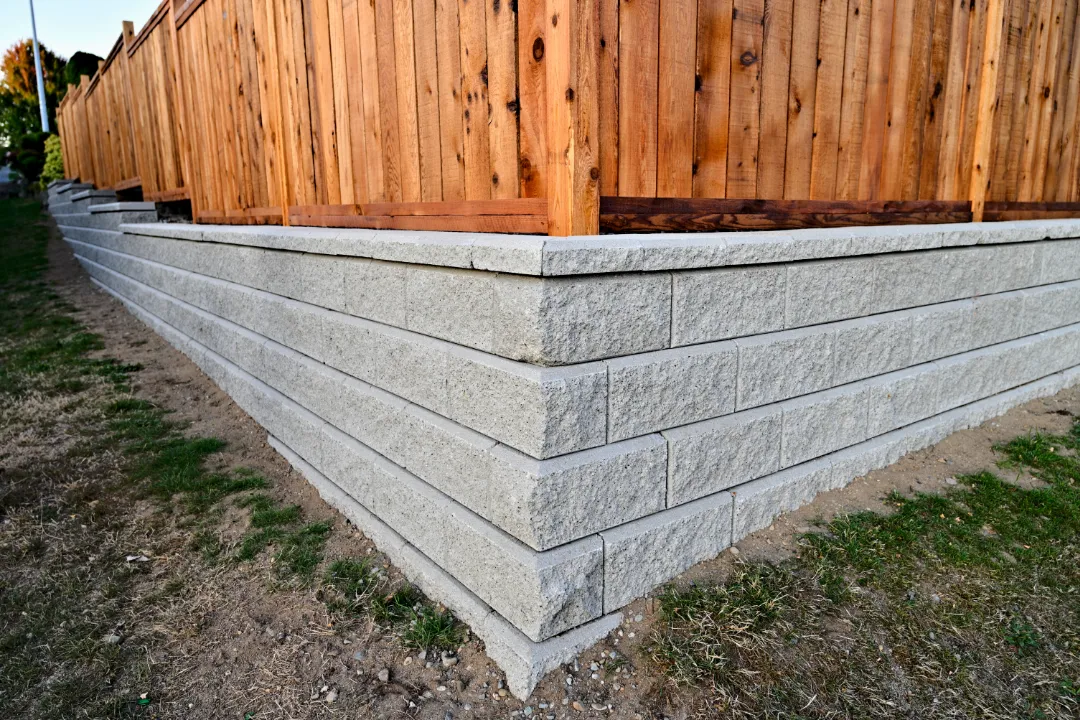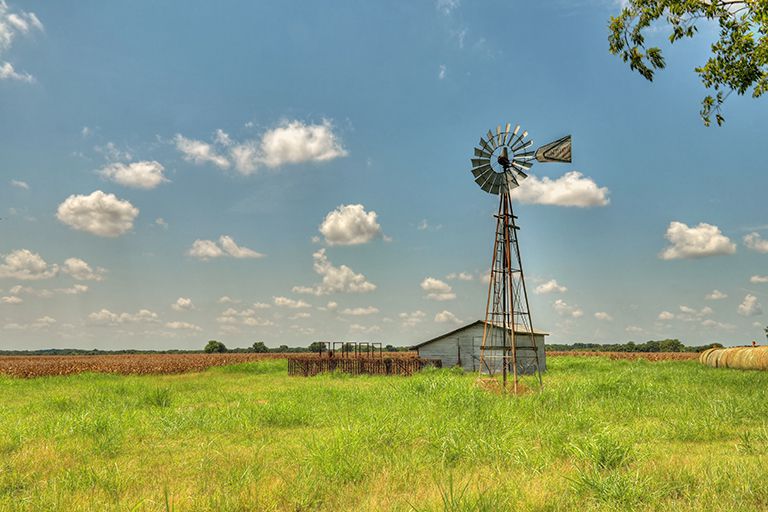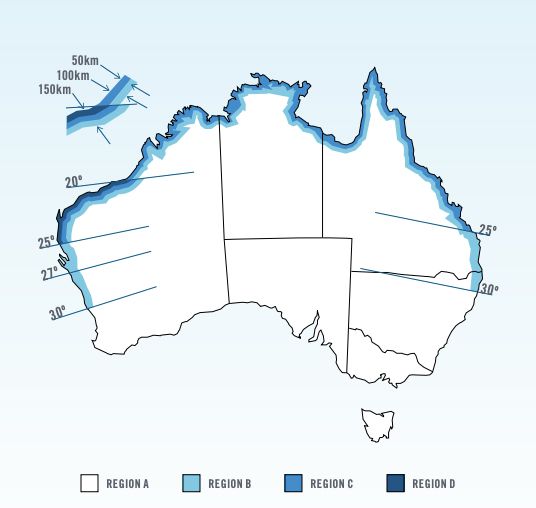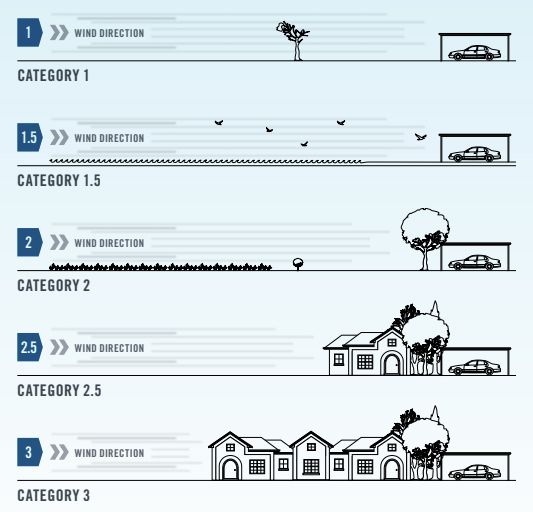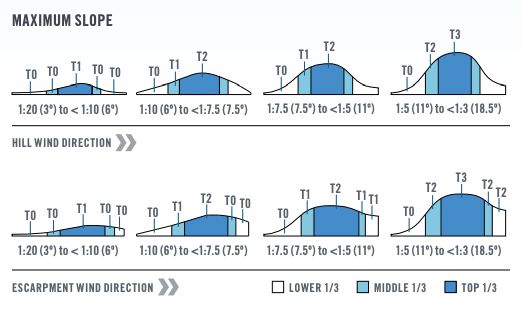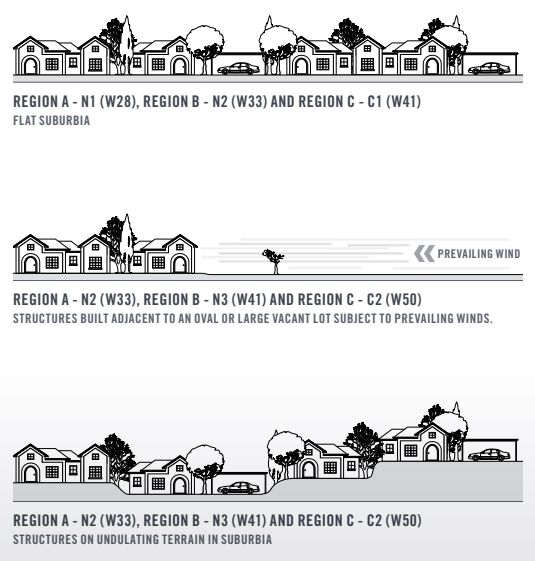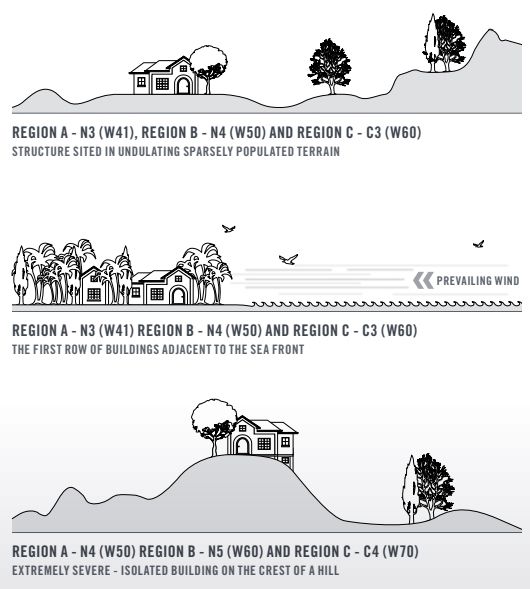Masonry Wall Engineers Drawings
Please leave your masonry wall details below and one of our representatives will be in touch to discuss your requirements.
Fully engineered by industry professionals to BCA standards.
Our patio engineering standards cover the below details.
- Use our masonry wall engineering for stand alone parapet walls and brick fences.
- Utilizes readily available clay brick and masonry brick sizes including common, longreach, modular, maxibricks, 150 and 200 series etc.
- Build walls up to 2.7m high.
- Suitable for wind speeds N1, N2 and N3.
- Specifies footing sizes for soil types A, S and M.
- Notes for usage with patio engineering to create bricked-in rooms.
- Notes to enable openings in walls to allow for windows and slat work etc.
- Articulation joint details.
- Specifies mixes for concrete footing and mortar.
Custom Engineering Solutions
If your masonry wall does not fit our standard specifications it is not a problem. We can design and engineer a solution specific for your job.
Please fill in the form below and one of our representatives will be in touch to discuss your project.
